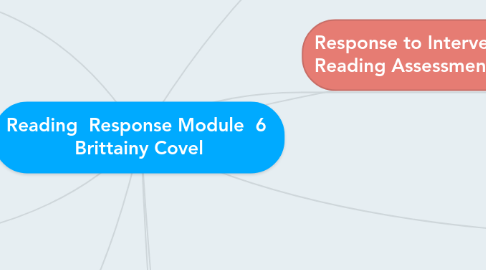Reading Response Module 6 Brittainy Covel
by Brittainy Covel


1. Teacher Questioning as Assessment
2. Questioning can be pre-determined and also used spontaneously. It is beneficial to use a combination of the two when assessing student learning.. This ensures that teachers are getting an understanding of student learning and that students are being self motivated learners.
3. Standardized testing questions are also being redeveloped to ask higher level thinking questions. These Assessments are known as: Partnership for Assessment of Readiness for College and Carees and the
4. Teachers ask different levels of questions with different complexities to gauge student learning and drive instruction. These questions can be categorized and classified using Bloom's Taxonomy of Thinking.
5. "Questions help us understand what students learn from reading, how their reading is progressing, and what they need."(Afflerbach,2012, p.52)
6. I have noticed in the course lots of talk about Dibels Next various other commercial assessments. No one talks about the DRA 2. I was
7. Several schools are using OSELA or DIBELS Next as assessment tools in their RTI program. Each program focuses greatly on the basic components of beginning readers such as fluency, letter identification, and phoneme fluency. Although they have a similar focus the information received from each assessment varies greatly.
7.1. The OSELA gives information for teachers about students' current needs and also provides teacher ideas for instruction to support these students.
8. RTI is composed of 3 Tiers.
8.1. Tier 1
8.1.1. Tier 1 is the basic classroom setting where are students are assessed and is composed of students moving as expected to meet grade level expectations by the end of the year.
8.2. Tier 2
8.2.1. Tier 2 is for students who have not progressed as expected in Tier 1. These student begin interventions with classroom teacher and reading specialist to increase instruction based on specific needs.
8.3. Tier 3
8.3.1. Tier 3 provides more intensive and focused instructions for students that are not making progress in Tier 2.
